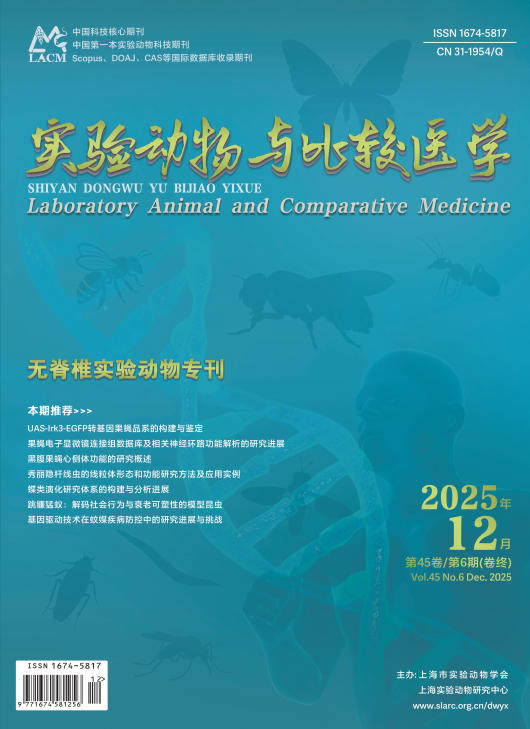The black soldier fly (Hermetia illucens L.), a globally distributed resource insect native to the tropical regions of the Americas, has become stably established in several regions of China, such as Guangdong and Hainan Provinces, through both natural dispersal and human-mediated introduction. In recent years, owing to its strong environmental adaptability, high resource conversion efficiency, and prominent value in ecology and biological resources, as well as its remarkable advantages in organic waste conversion and high-value bioproduct development, it has emerged as a research hotspot in the field of biological resources. This paper first outlines the biological characteristics and geographical distribution of Hermetia illucens L., clarifying its research basis and resource potential. Subsequently, its efficient and stable breeding system and rearing substrate optimization techniques are introduced, which provide technical support for standardized breeding and growth performance improvement. Further, this paper systematically reviews the medical and health application potential of bioactive components derived from Hermetia illucens L., with a focus on active substances extracted from its larvae and pupae, such as antimicrobial peptides, functional fatty acids, chitosan, and protein hydrolysates, which exhibit broad-spectrum antibacterial, antioxidant, anti-inflammatory, and good biocompatibility. It comprehensively elaborates on the application research progress on the application of these bioactive components of Hermetia illucens L. in fields such as prevention and treatment of multidrug-resistant bacterial infections, anti-inflammatory and antioxidant effects, cancer chemoprevention, tissue repair, and cosmeceuticals for acne care. Moreover, this paper elucidates the advantages of Hermetia illucens L. as a novel invertebrate laboratory animal model, highlighting its high productivity, controllable growth patterns, and suitability for in-depth individual research. It also explores its unique value in fundamental medical research, such as host-microbe interactions and endogenous virus evolution, providing an interdisciplinary research platform that bridges evolutionary biology, microbial ecology, immunology, and preventive medicine. Finally, the paper analyzes the technical bottlenecks faced in the current research and industrialization process of Hermetia illucens L., and reviews and prospects product development strategies, interdisciplinary integration, and clinical translation directions, aiming to offer a systematic reference for the in-depth development and efficient utilization of this resource.

